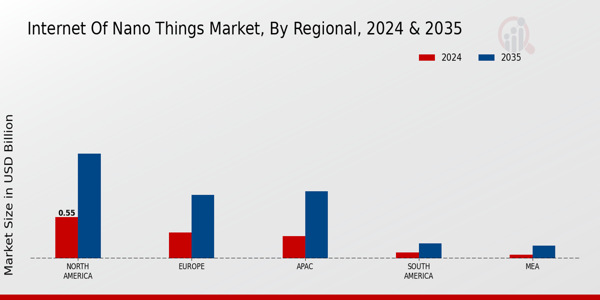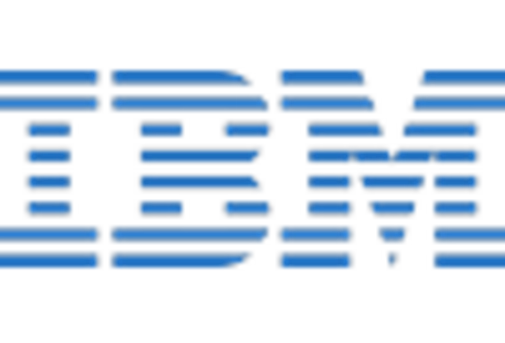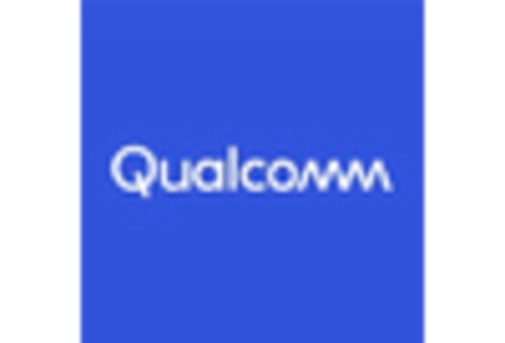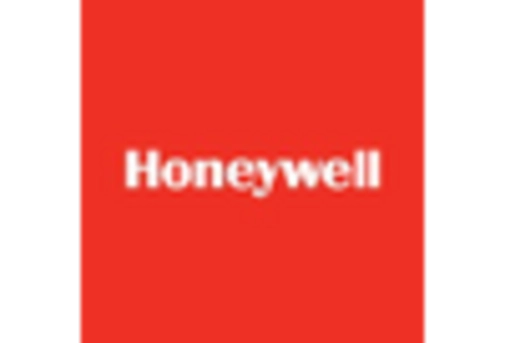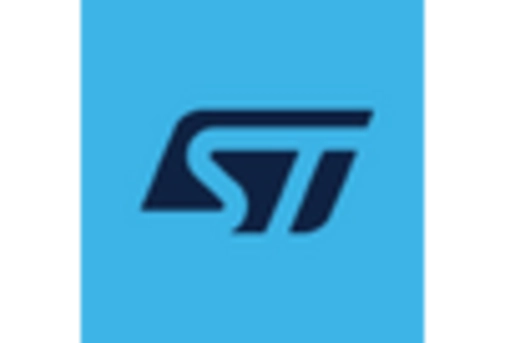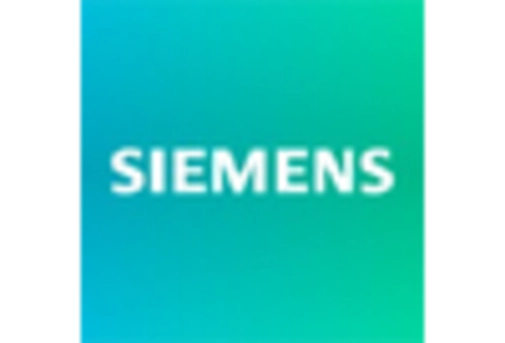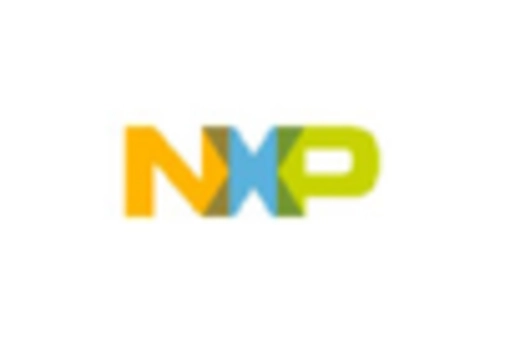Market Growth Projections
The Global Internet of Nano Things Market Industry is projected to experience substantial growth, with estimates indicating an increase from 1.33 USD Billion in 2024 to 3.52 USD Billion by 2035. This growth trajectory reflects a compound annual growth rate of 9.25% from 2025 to 2035, highlighting the increasing adoption of nanoscale technologies across various sectors. The market's expansion is driven by factors such as advancements in nanotechnology, rising demand for smart devices, and government support for innovation. As the industry evolves, it is expected to play a pivotal role in shaping the future of interconnected systems and applications.
Advancements in Nanotechnology
The Global Internet of Nano Things Market Industry is propelled by rapid advancements in nanotechnology, which enable the development of smaller, more efficient devices. These innovations facilitate the integration of nanoscale sensors and actuators into various applications, including healthcare, environmental monitoring, and smart cities. For instance, nanosensors can detect pollutants at extremely low concentrations, enhancing environmental safety. As these technologies mature, the market is expected to grow from 1.33 USD Billion in 2024 to 3.52 USD Billion by 2035, reflecting a robust CAGR of 9.25% from 2025 to 2035. This growth underscores the increasing reliance on nanotechnology in IoT applications.
Growing Focus on Sustainability
The Global Internet of Nano Things Market Industry is increasingly influenced by a growing focus on sustainability and environmental responsibility. As industries strive to reduce their carbon footprint, nanoscale technologies offer innovative solutions for energy efficiency and waste reduction. For instance, nanosensors can monitor energy consumption in real-time, allowing for more efficient resource management. This trend aligns with global sustainability goals and is likely to attract investments in nanotechnology applications that promote eco-friendly practices. The emphasis on sustainability not only enhances the market's appeal but also positions it as a critical player in the transition towards greener technologies.
Rising Demand for Smart Devices
The Global Internet of Nano Things Market Industry experiences a surge in demand for smart devices, driven by consumer preferences for enhanced connectivity and automation. Smart home devices, wearables, and industrial IoT applications increasingly incorporate nanoscale technologies to improve functionality and efficiency. For example, nanoscale sensors in wearables provide real-time health monitoring, which is becoming essential for preventive healthcare. This trend is likely to contribute significantly to market growth, as consumers and industries alike seek to leverage the benefits of interconnected devices. The anticipated growth trajectory indicates that the market will expand substantially, aligning with the broader trend of digital transformation.
Government Initiatives and Funding
Government initiatives and funding play a crucial role in the Global Internet of Nano Things Market Industry, as various countries recognize the potential of nanotechnology in driving economic growth and innovation. Investments in research and development, along with supportive policies, foster an environment conducive to technological advancements. For instance, government grants for nanotechnology research projects encourage collaboration between academia and industry, leading to innovative applications in IoT. Such initiatives not only enhance the technological landscape but also stimulate market growth, as they pave the way for new products and services that leverage nanoscale technologies.
Integration of AI and Machine Learning
The integration of artificial intelligence and machine learning with nanoscale technologies is transforming the Global Internet of Nano Things Market Industry. These technologies enable enhanced data analytics, predictive maintenance, and improved decision-making processes across various sectors. For example, AI algorithms can analyze data collected from nanosensors to identify patterns and anomalies, leading to more efficient operations in manufacturing and healthcare. This synergy between AI and nanotechnology is likely to drive market growth, as organizations seek to harness the power of data-driven insights to optimize performance and reduce costs. The ongoing advancements in these fields suggest a promising future for the market.


